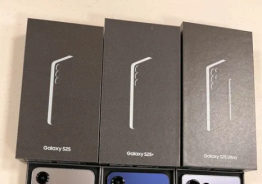Rumors are flying thick that Apple is looking for a new type of glass material that can give flawless touch-experience in its upcoming iPhone, dubbed iPhone 5. Reportedly U.S. researchers have developed a new glass material, which is fog-resistant, glare free and self cleaning, and it could be featured in Apple's upcoming smartphone.
Scientists at the Massachusetts Institute of Technology have developed the glass that could turn out to be a glass of the future. It is resistant to fogging and glare effects. Moreover, the glass has a revolutionary technology to clean itself. According to MIT News, the new glass eliminates reflections and repels water droplets like "tiny rubber balls" bouncing off the ground. The anti-reflective screen under-cuts the light reflection to zero level, while conventional glasses can reflect more than 50 percent of light rays when inclined at wide angles to light source.
All the revolutionary technology is based on nanoscale cones that are 1,000 to 100,000 times thinner than the diameter of human hair. Despite being coated up with the sensitive nanocones, the new glass is rugged enough to stand against daily outdoor tortures.
MIT's glass technology could be used in a wide range of electronic products. Out of the entire array of consumer electronic, the best use of this type of glass is in touchscreen displays like in smartphones and tablets. Hence, we won't be surprised if Apple uses the new technology on iPhone 5 touchscreen display. In a simple glare, the new glass appears to be invisible to human eye because of lack of any visual cue like glare, fog or dust. On iPhone, it could give a feel of users directly interacting with user interface elements.
Other applications of this glass include use in professional cameras, HDTV, solar panels, microscope and even in car windows. The research of MIT glass was funded by the Army Research Office through MIT's Institute for Soldier Nanotechnology.
(reported by Johnny Wills, edited by Dave Clark)
© Copyright 2025 Mobile & Apps, All rights reserved. Do not reproduce without permission.

















